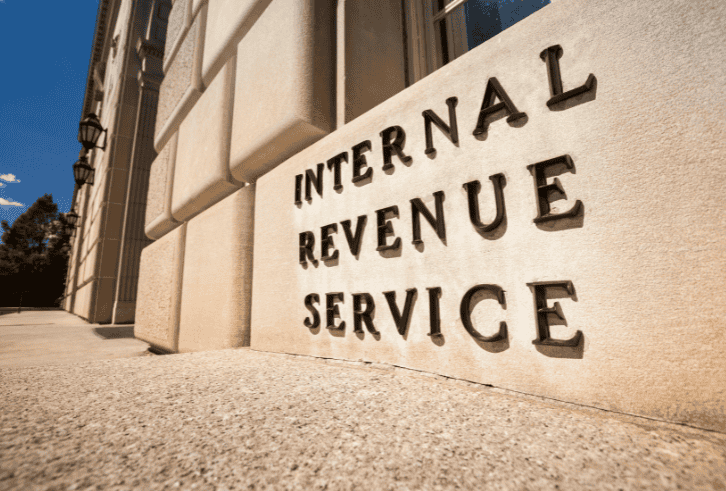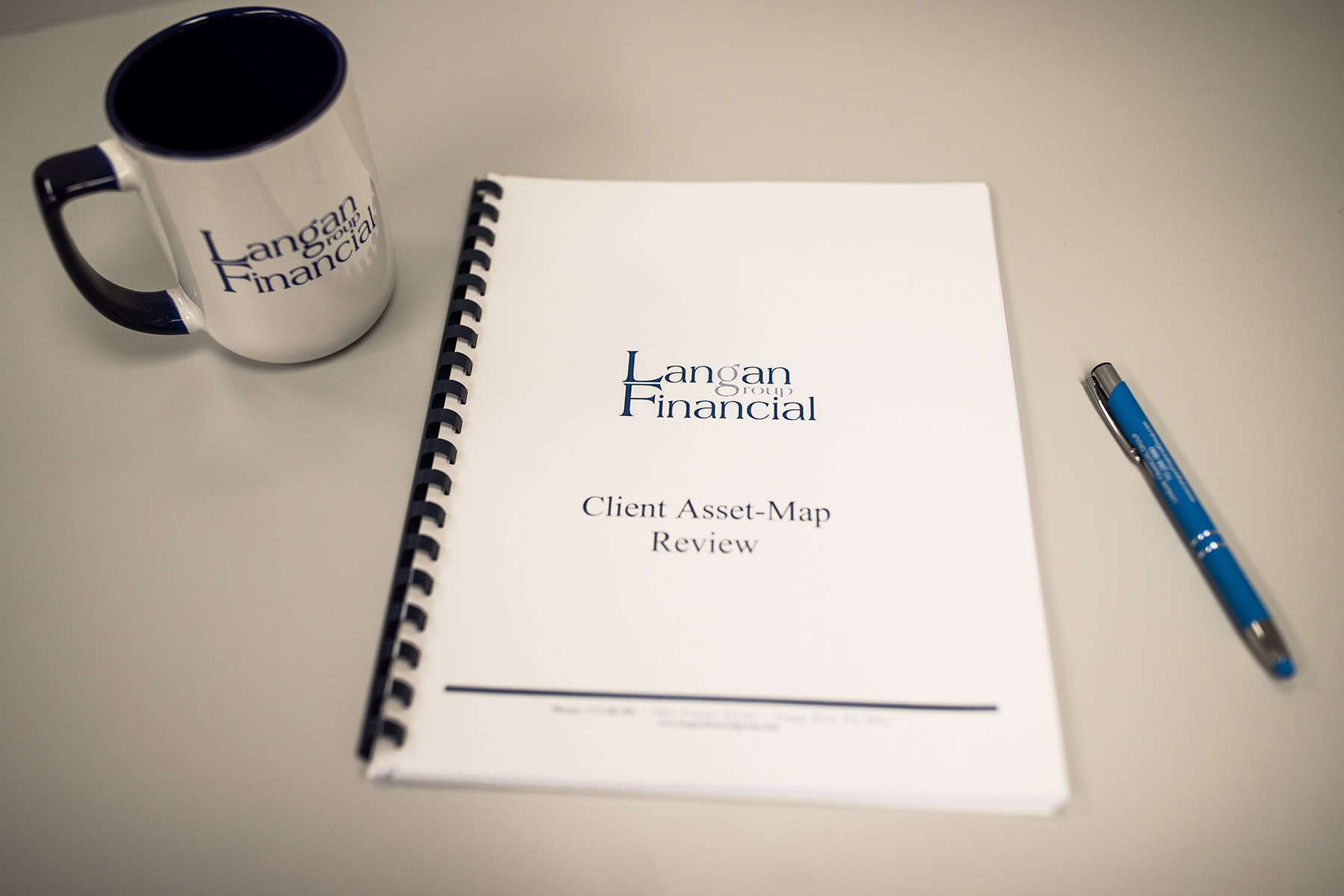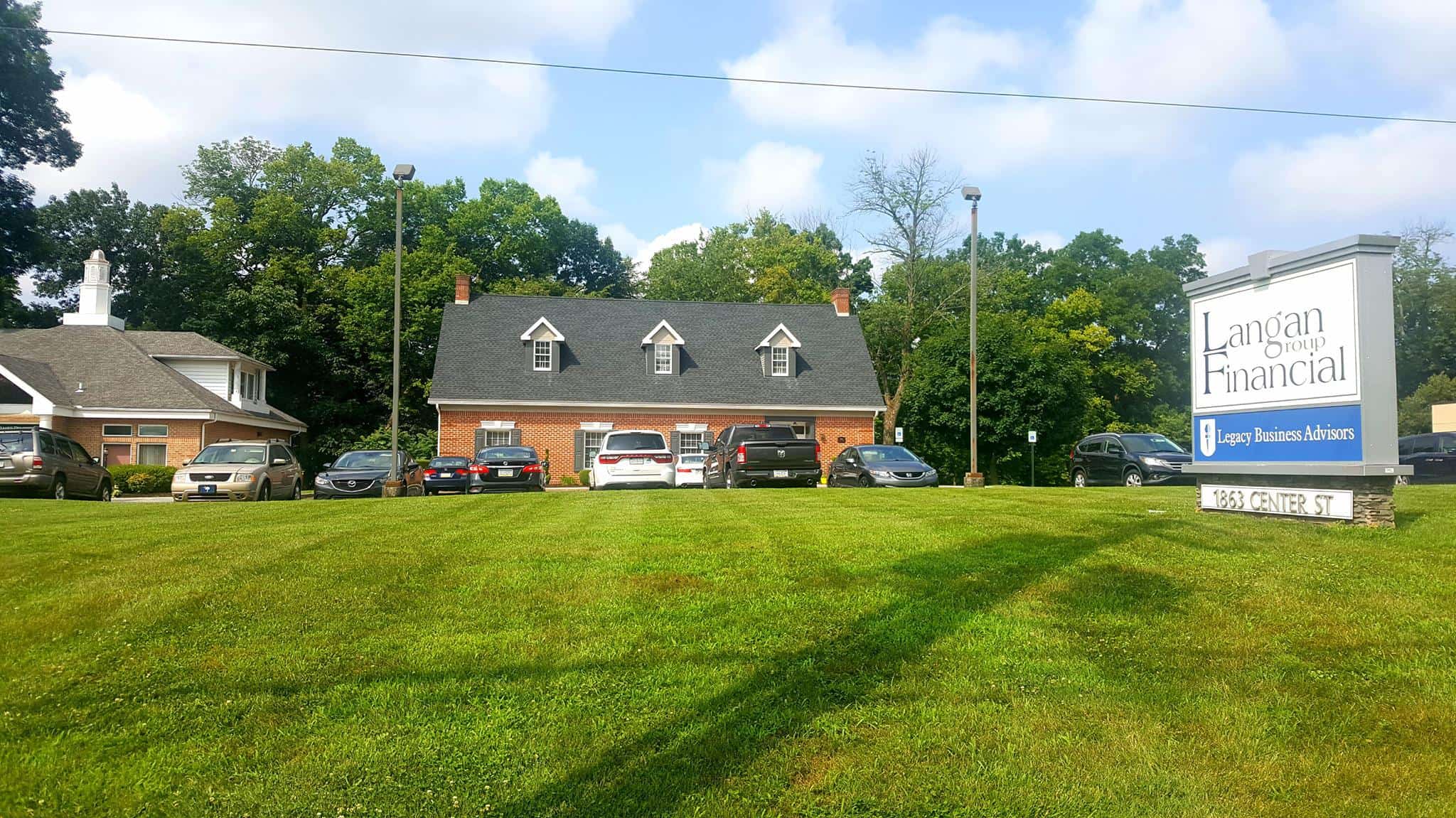
Your 40s and 50s are pivotal decades for estate planning. While many financially savvy individuals recognize the importance of preparing for the future, costly mistakes still happen-mistakes that can derail inheritances, trigger unexpected taxes, or ignite family conflicts.
Understanding and avoiding these common pitfalls can protect your legacy and provide peace of mind for you and your loved ones.
Why Estate Planning Matters Now More Than Ever
A LegalZoom study shows that only about 33% of Americans have documented end-of-life wishes, despite 56% acknowledging its importance.
Without a solid estate plan, families often face lengthy probate processes, with average fees exceeding $10,000 and delays that can stretch from nine months to over a year, depending on the state.
The good news is that many of these complications are preventable with thoughtful planning during midlife.
Mistake #1: Outdated Beneficiary Forms
One of the most overlooked yet critical errors is failing to keep beneficiary designations current.
Retirement accounts and life insurance policies bypass wills entirely, meaning outdated forms can result in unintended heirs-sometimes an ex-spouse or even a deceased relative-receiving your assets.
Research indicates that over 60% of Americans haven’t updated their beneficiary forms in more than five years. This is especially risky after major life events like divorce, remarriage, or the birth of children.
How to fix it:
- Make it a habit to review all beneficiary designations annually, ideally every January.
- Name contingent beneficiaries to cover scenarios where the primary beneficiary predeceases you. For example, if your spouse passes away, your children could be the next in line.
- If your heirs are minors, designate a trust as the beneficiary to avoid the court appointing a guardian to manage the assets.
A real-world example comes from an AARP case study where a surgeon’s $1.2 million IRA was inherited by his ex-wife simply because he never updated the beneficiary form after their divorce-a costly oversight that could have been avoided with a simple review.
Mistake #2: No Incapacity Plan
Estate planning isn’t just about what happens after death. Incapacity planning is equally vital. Without proper documents, courts may appoint guardians you wouldn’t choose, and bills might go unpaid, creating chaos during already stressful times.
According to recent studies from the National Institute of Health study, 1 in 7 adults over 71 suffers from dementia or cognitive decline, underscoring the urgency of having an incapacity plan in place.
Essential documents include:
- A Durable Power of Attorney (POA), which grants someone you trust the authority to manage your finances if you become incapacitated.
- A Healthcare Proxy, designating who can make medical decisions on your behalf.
- A Living Will, which outlines your preferences for end-of-life care, such as the use of ventilators or feeding tubes.
A practical tip: Test your POA with your bank and financial institutions before a crisis occurs. Many banks reject outdated or improperly executed POAs, which can cause delays when you need them most.
Mistake #3: DIY Wills and Trusts
While online templates and DIY kits may seem like cost-effective solutions, they often fail to address the nuances of estate law. Ambiguous language or missing clauses can lead to unintended consequences, especially in complex family situations.
For blended families, a poorly drafted trust might exclude stepchildren or fail to protect all heirs equally. Additionally, many DIY plans overlook state-specific tax exemptions or fail to include provisions for digital assets like cryptocurrency.
When to hire a professional:
- If you have a blended family, own a business, have special needs heirs, or hold assets in multiple states.
- The upfront cost of $1,500 to $3,000 for a basic trust can save your heirs tens of thousands in probate fees and legal battles down the line.

Mistake #4: Ignoring State and Federal Taxes
The federal estate tax exemption is currently $13.99 million per person in 2025 but is expected to drop to approximately $7 million in 2026 unless Congress acts. This looming change means that delaying tax planning could result in significantly higher estate taxes.
State-level estate and inheritance taxes add critical complexity, with Pennsylvania presenting unique challenges:
While Pennsylvania imposes no estate tax, its inheritance tax (0–15%) can significantly impact beneficiaries.
Rates depend on the heir’s relationship to the deceased, with key exemptions for spouses, farms, and certain assets. Here’s how to navigate the rules and minimize liabilities.
Pennsylvania Inheritance Tax Rates (2025)
| Heir Relationship | Tax Rate |
| Spouses, minor children (under 21), parents inheriting from children under 21 | 0% |
| Direct descendants (adult children, grandchildren) and lineal ancestors (parents, grandparents) | 4.5% |
| Siblings | 12% |
| Unrelated heirs (friends, non-lineal relatives) | 15% |
Key Exemptions to Pennsylvania’s Inheritance Tax
Pennsylvania’s inheritance tax includes critical exemptions that can shield significant assets from taxation.
Understanding these exemptions is essential for effective estate planning, particularly for families with life insurance policies, retirement accounts, or agricultural/business assets. Below is a breakdown of the most valuable exemptions and how they operate.
Exemptions at a Glance
| Asset Type | Exemption Criteria |
| Life Insurance | All proceeds exempt, regardless of beneficiary (estate or named individuals) |
| Retirement Accounts | Exempt if owner died before age 59½ (except Roth IRAs, which are always taxable) |
| Family Farms | Exempt if transferred to lineal heirs or siblings, provided the land remains agricultural |
| Family-Owned Businesses | Exempt if: – Assets ≤ $5 million – Fewer than 50 employees – Transferred to eligible family members |
| Joint Spousal Property | Fully exempt for assets held jointly with rights of survivorship (e.g., real estate, bank accounts) |
Example: A $500k inheritance left to a sibling incurs a 12% tax ($60k), while the same amount left to a friend triggers a 15% tax ($75k). Strategic gifting or trusts could mitigate these costs.
To mitigate these risks, tax-smart strategies such as Spousal Lifetime Access Trusts (SLATs) can shelter assets from both taxes and creditors, while Irrevocable Life Insurance Trusts (ILITs) help exclude life insurance proceeds from taxable estates.
Mistake #5: Forgetting Digital Assets
In today’s digital age, estate planning must include digital assets. Globally, digital assets-including cryptocurrencies-are valued in the trillions, yet many people fail to provide heirs with access instructions.
Without a plan, families can lose access to valuable crypto wallets, social media accounts, or cloud storage files. For instance, a tech executive’s family once lost $500,000 in Bitcoin because the wallet password was never documented.
To avoid this:
- Use a password manager like 1Password or LastPass to securely share access with trusted individuals.
- Include a “digital executor” clause in your will to designate someone responsible for managing your digital footprint.
- Provide clear instructions and store crypto keys in a fireproof safe.
The “Set and Forget” Trap
Estate planning is not a one-and-done task. Laws change, families grow, and assets shift. A 2025 Wills & Estate Planning Study by Caring.com shows that while 45% of people over 55 have a will, most fail to update it regularly, leaving their plans outdated.
You should review your estate plan every 3 to 5 years, and immediately after major life events such as marriage, divorce, or the acquisition of significant assets. Additionally, keep an eye on tax law changes like the Secure Act 2.0 or shifts in state estate tax laws.
How to Navigate Estate Planning in My 40s and 50s
Estate planning in your 40s and 50s is about more than just avoiding mistakes-it’s about proactively protecting your family’s future. Partnering with an experienced estate attorney can help you navigate complex laws and craft a plan tailored to your unique situation.
Start by:
- Scheduling an annual beneficiary review.
- Creating or updating incapacity documents.
- Consulting a professional for trusts and tax planning.
- Compiling a digital asset inventory.
- Setting calendar reminders to revisit your plan regularly.
By taking these steps now, you’ll avoid costly errors and build a legacy that truly reflects your wishes.
About the Financial Planning Author

Alexander Langan, J.D, CFBS, serves as the Chief Investment Officer at Langan Financial Group. In this role, he manages investment portfolios, acts as a fiduciary for group retirement plans, and consults with clients regarding their financial goals, risk tolerance, and asset allocation.
With a focus on ERISA Law, Alex graduated cum laude from Widener Commonwealth Law School. He then clerked for the Supreme Court of Pennsylvania and worked in the Legal Office of the Pennsylvania Office of the Budget, where he assisted in directing and advising policy determinations on state and federal tax, administrative law, and contractual issues.
Alex is also passionate about giving back to the community, and has participated in The Foundation of Enhancing Communities’ Emerging Philanthropist Program, volunteers at his church, and serves as a board member of Samara: The Center of Individual & Family Growth. Outside of work and volunteering, Alex enjoys his time with his wife Sarah, and their three children, Rory, Patrick, and Ava.
About Langan Financial Group: Financial Advisors
Langan Financial Group is an award-winning financial planning firm with offices in York, Pennsylvania and Harrisburg, Pa.
With over 100+ 5-star reviews, Langan Financial Group is an independent financial planning firm established in 1985, offering a broad range of financial planning services.
With an open architecture platform, our advisors have access to a diverse range of products, free from any sales quotas.
Our team of 9 financial experts, each with unique specialties, enhances our ability to focus on delivering value to our clients.
Disclosure
The content is developed from sources believed to be providing accurate information. The information in this material is not intended as tax or legal advice.
Please consult legal or tax professionals for specific information regarding your individual situation.
The opinions expressed and material provided are for general information, and should not be considered a solicitation for the purchase or sale of any security.
Securities offered through Cambridge Investment Research, Inc., a Broker/Dealer, Member FINRA/SIPC.
Investment Advisor Representative, Cambridge Investment Research Advisors, Inc. a Registered Investment Advisor. Cambridge and Langan Financial Group, LLC are not affiliated.
Cambridge does not offer tax or legal advice.



